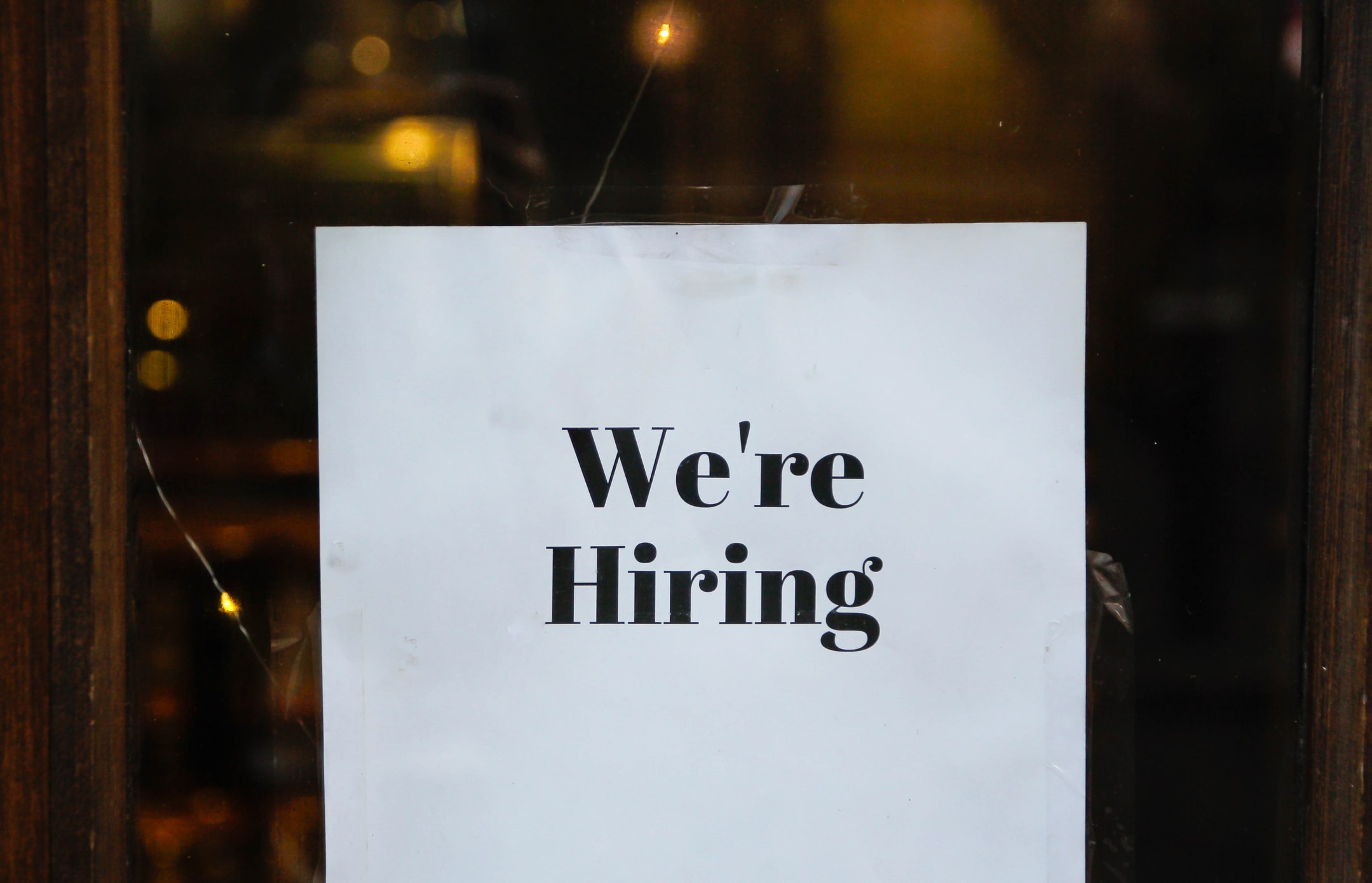European markets had their best one-day session in three weeks, with the DAX closing at a two-week high, helped by a combination of some solid earnings reports, and tumbling yields on growing optimism that central banks have hit peak rates, after the Bank of England followed the US Federal Reserve in holding rates at current levels.
US markets saw a similarly strong session, rising for the fourth day in a row, with the S&P 500 rising to a two-week high, while US 10- and 30-year yields fell more than 25bps in the last two days, reinforcing the idea that the rate-hike narrative of the last 18 months is now in the rear-view mirror. Of course, this narrative will still need to be supported by the underlying economic data, and in the case of the US is likely to be subject to two-way risks given the continued resilience of the US labour market.
Today’s US non-farm payrolls report for October will be the first key test of that narrative in the aftermath of Wednesday’s decision by the Fed to pause for the second meeting in succession, with the goldilocks scenario for markets likely to be one of a softish or neutral report.
Having seen such a strong US close, European markets look set to open higher as we look towards this afternoon's US jobs numbers. Before that, we get the latest PMI snapshot from the services sector for the UK economy ahead of Q3 GDP numbers which are due next week. Recent data has shown the UK economy is slowing significantly compared to the first half, and with manufacturing already in contraction, the services sector is now starting to slow as well, slipping slightly into contraction over the last three months we can expect to see further stagnation around 49.2.
After the release of those numbers’ attention will shift to the US employment report. Weekly jobless claims fell back below 200,000 earlier this month for the first time since January, in a sign that the US economy remains reasonably resilient, and although they’ve ticked up to 217,000 since then, there has been little sign of a slowdown. In September we saw yet another bumper payrolls report, with another 336,000 jobs added, while August was revised up to 227,000, which pushed US long-term yields higher on the day to new 16-year highs, although we’ve since slipped back sharply, due to a belief that the Fed is probably done on the rate-hike front.
Wage growth was slightly softer than expected at 4.2%. Another notable factoid was a big jump in part-time positions, which rose 151,000 and could also explain why wage growth showed little sign of racing higher. The unemployment rate remained steady at 3.8%.
This week's ADP payrolls report for October was another weak one, coming in at 113,000, only a modest improvement from the 89,000 in September, however there has been little to any correlation between the two reports for months now, while vacancies in the US economy have remained high, which suggests little sign that the US economy is starting slow significantly.
One thing that has been notable this year is how every single non-farm payrolls report has come in above expectations, and by quite some distance. Will today’s numbers be any different? There is scope for that given the rising participation rate, which was at 62.4% at the start of the year and is now at 62.8%, still 0.5% below the level it was pre-pandemic. Expectations are for today’s October payrolls to come in at 185,000, which has been the estimate of choice over the last three months.
Most of the new jobs being added have been in services over the last few months, and today’s ISM services data could well offer further insights into that after the payroll numbers have been released. ISM services employment was at 53.4 in September and is expected to rise to 53.5, while prices paid is expected to slow to 56.6 from 58.9. This is where the US labour market is most resilient, and will need to remain so in the lead-up to Christmas. Amazon has already indicated it will be hiring up to 250 seasonal workers heading into the holiday period. Will it be alone in hiring extra people, when retailers like Target are warning that US shoppers are slowing their spending plans?
EUR/USD – pushed up to the top end of its recent range, and the 1.0675 highs of this week. We continue to be range bound between the 1.0700 area and the 50-day SMA. Below 1.0520 targets the 1.0450 level
GBP/USD – pushed above the 1.2200 area yesterday, but has thus far failed to consolidate that move. Major support remains at the October lows just above 1.2030. Below 1.2000 targets the 1.1800 area. Resistance at 1.2300.
EUR/GBP – finding support at the 0.8680 area for now, with a break targeting the 0.8620 area. We have resistance at the recent highs at 0.8740.
USD/JPY – slipped back to the 149.80 area yesterday, we still have resistance just below the highs of last year at 151.95. Still have strong support all the way back at 148.75, with a break above 152.20 targeting a move to 155.00.
Disclaimer: CMC Markets is an order execution-only service. The material (whether or not it states any opinions) is for general information purposes only, and does not take into account your personal circumstances or objectives. Nothing in this material is (or should be considered to be) financial, investment or other advice on which reliance should be placed. No opinion given in the material constitutes a recommendation by CMC Markets or the author that any particular investment, security, transaction or investment strategy is suitable for any specific person. The material has not been prepared in accordance with legal requirements designed to promote the independence of investment research. Although we are not specifically prevented from dealing before providing this material, we do not seek to take advantage of the material prior to its dissemination.






